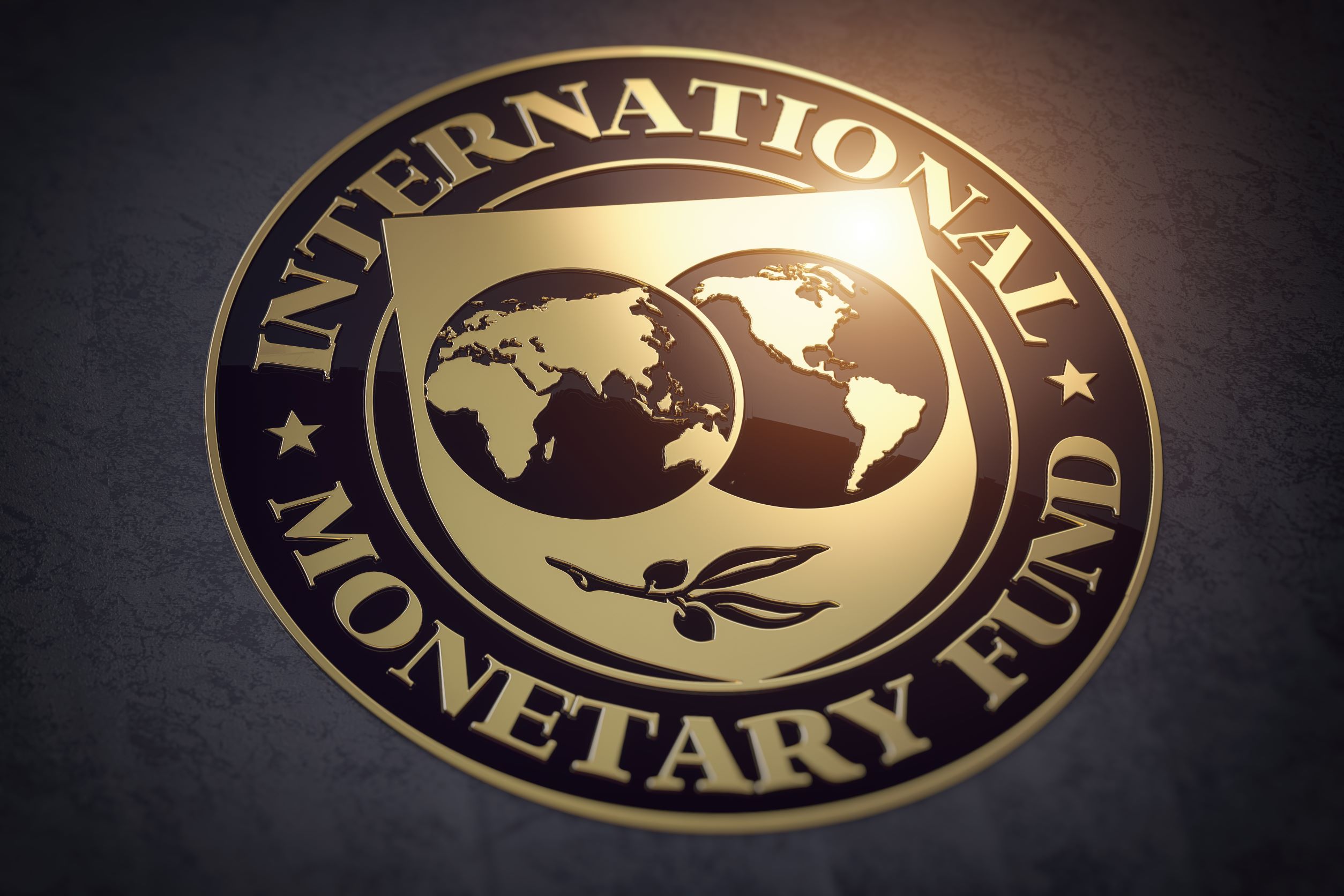In July 2021, amid the COVID-19 pandemic, the International Monetary Fund (IMF) took a significant step toward integrating climate change into its portfolio, labelling climate change as macro-critical and calling for “a systematic and strategic integration of…climate change into the IMF’s core activities.”
After launching its initial climate change strategy, the Fund moved quickly. In April 2022—less than a year later—the IMF’s Executive Board created the Resilience and Sustainability Trust (RST), a new concessional lending facility for climate resilience and pandemic preparedness for lower-income countries.
As the RST builds momentum and scores of countries seek its concessional loans and technical assistance, a new CGD paper, The Resilience and Sustainability Trust: Early Learning and Challenges from Costa Rica and Rwanda, provide early learning from the point of view of lower-income countries themselves on how this new channel of climate finance is being pursed and integrated at the country level. The pair of case studies also identifies challenges facing the RST as more countries seek its loans.
Early lessons and challenges from the RST
The analysis found the following key early lessons from the RST:
-
The RST has become the IMF’s de facto long-term climate finance facility—but pandemic preparedness, also mentioned in the RST’s founding documents, is missing from RST programs in the five pilot countries. Will the RST’s become its long-term nature? While all evidence indicates that the exclusive focus on climate has been the choice of policymakers, pandemic preparedness is also a significant global public good.
-
Loans to Costa Rica and Rwanda’s from the Resilience and Sustainability Facility (RSF), the lending facility supported by the RST, are government driven, and there is no evidence of extensive citizen consultation in developing the reform areas. Country ownership appears strong, but there is a lack of evidence regarding the involvement of civil society and other stakeholders outside government.
-
Costa Rica and Rwanda were selected as RST pilots due in part to the quality of their governance and their public financial management (PFM). IMF officials repeatedly noted both countries as climate champions, and their strong governance and PFM foundations. Both countries scored highly on the Public Expenditure and Accountability (PEFA) assessments. It’s unlikely that future recipients of RST loans will possess similarly advanced climate and PFM credentials.
-
Counting on an RST “halo effect.” Perhaps the most common critique of the RSF is quantitative: its scope in the tens of billions of dollars is insufficient for the trillions of dollars needed annually to support inclusive, green growth in lower-income countries. IMF officials and country authorities are clear that the RST itself is not enough to tackle climate change, and they are counting on the catalytic and signaling effect RSF financing and reforms will create for other public and private climate (and potentially pandemic) funding. Whether that needed additional investment materializes remains to be seen.
-
Climate versus poverty relief tradeoffs. The RST has been criticized for its focus on global public goods, which can be funded at the expense of poverty reduction. RST financing is additional—Costa Rica and Rwanda's RSF climate financing may create fiscal space for other development priorities. Still, the knotty question of tradeoffs in financing climate finance versus poverty reduction remains, particularly for low-income countries like Rwanda.
-
Strained absorptive capacity. Related to the critique above, analysts have criticized the RST's narrow mandate on climate and pandemic resilience (to date, only climate), worrying that the RST could function as a “climate add-on” without enhancing the overall level of fiscal governance. The increased number of conditionalities that can come with the RST could strain even countries with high quality of governance. Costa Rica’s RST program almost tripled its number of IMF conditions from 11 to 30.
-
Green fiscal consolidation. Similar to the concerns about extra conditionalities generated by RST programs is the concern that the RST, and the IMF’s delving into climate finance generally, will become a tool for the Fund to exert more control over countries' policymaking through green fiscal consolidation.
The IMF deserves substantial credit for launching and operationalizing the RST in such a timely fashion. The facility is in its early days, and we expect RST-supported programs to evolve. We will continue to monitor progress and look forward to the IMF's evaluation of the RST, scheduled for early 2024. We hope that our examination of some of the first programs supported by the RST will assist the IMF, country authorities, and civil society in working together to make the IMF’s support an essential element of countries’ efforts to move to a more sustainable, resilient, and equitable future.
CGD blog posts reflect the views of the authors, drawing on prior research and experience in their areas of expertise.
CGD is a nonpartisan, independent organization and does not take institutional positions.







